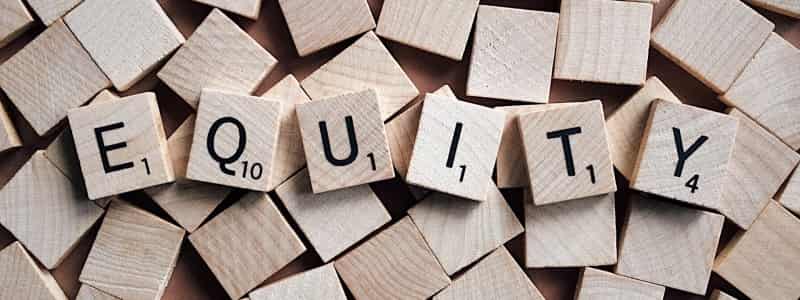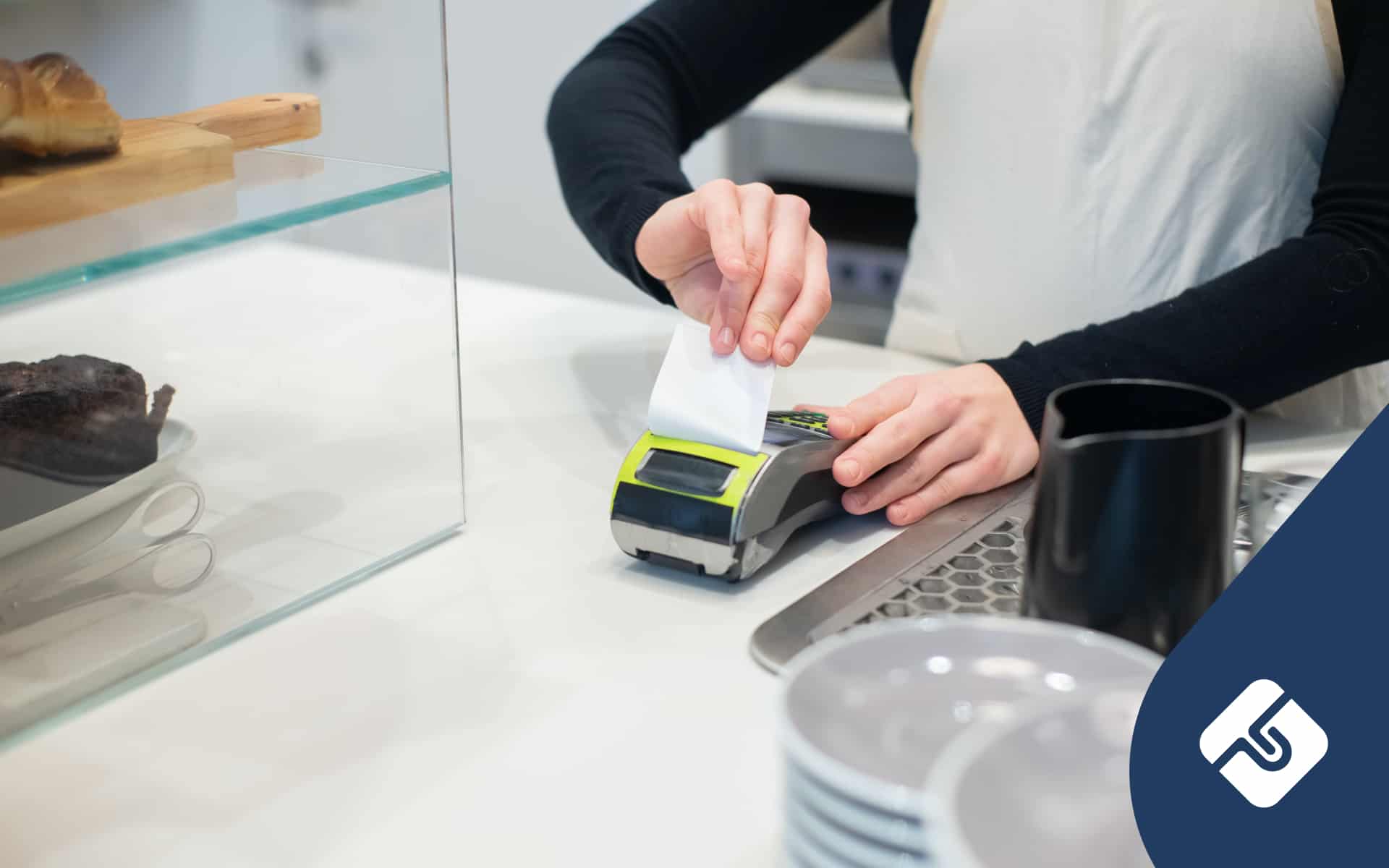The term ‘intellectual property’ covers a wide range of proprietary interests. These interests are generally associated with anything an individual has created using their mind. These interests can include new designs for a product, a new song or a piece of art.
Depending on the intellectual property created by the individual, there are different rights associated with it.
As a business owner, it’s crucial for you to protect your property interests. After all, you have invested a lot of hard work into developing your property interests. If you don’t protect your intellectual property, it can be used by or registered by someone else.
As a result, you will have no right to benefit from the intellectual property you have created.
In this article, we’ll outline what intellectual property is and the most common examples of intellectual property created by businesses, so you know what intellectual property you should protect.
Read along!
Table of Contents
What is Intellectual Property
Intellectual property( IP) refers to an individual’s property that they have created with their mind or their proprietary knowledge. It generally refers to a new idea an individual has created. Intellectual property can come in many forms, including the following:
- Brands
- Designs
- Trademarks
- Logos
- Phrase drawings
- Sounds
- Scents
Additionally, intellectual property can even be an idea put into practice. You should be aware that intellectual property must be an original or new idea that has been created.
Want more?
Sign up for our newsletter and be the first to find hand-picked articles on topics that we believe are crucial to successfully scale your unique small business.
By clicking on 'Sign up to our newsletter' you are agreeing to the Lawpath Terms & Conditions
4 Examples of Intellectual Property Commonly Created by Businesses
Each product or creation you create will be classified in a different way under the broad umbrella of intellectual property. The classification will depend on what you have created. The four most common types of intellectual property created by businesses are the following:
- Patents
- Designs
- Trademarks
- Copyrights
Patents
What is a Patent?
A patent refers to a registered right that is provided in relation to the creation of any new, inventive and useful process or method, substance or device. You should be aware that your creation will only be provided with patent protection if it is new, inventive and useful. The benefit of a patent is that it provides you with the right under the law to use your creation for commercial purposes during the patent’s term.
Essentially, this means that only you can profit from your creation. Generally, when you’re applying for a patent, you will be required to submit specific blueprints in relation to the new invention or innovation. You can apply for a patent online through the Australian Government’s IP Australia website.
What are examples of a patent?
There are many examples of patents, including the following:
- Original bread toaster
- Hair dryer
- Specifics of a current product being modified, such as ‘Water-proof board to board or connectors for an Apple iPhone
- Google’s Emergency Response Drone
- Scientific and medical discoveries or inventions
- Bluetooth
- Self-driving cars
- Solar panels
- WiFi
- Ultrasound
Patents have also become common for new medicines. Patents used for medicines allow the creator of the medicine, which are usually pharmaceutical companies, to have exclusive rights over its distribution for a number of years. If you need assistance applying for a patent.
Designs
What is a design right?
Similarly to a registered patent, a registered design will provide protection in relation to the new and unique product’s visual appearance. The design of a product can relate to the following:
- Shape
- Configuration
- Pattern
- Appearance
- Ornamentation
- Colour
You should be aware that to be provided with a design right, the appearance of your must has to be original and distinct. You can apply for a design right online using the Australian Government’s IP Australia website.
What are examples of designs?
Examples of designs can include the following:
- A chair with a specific shape
- A Phone case with a distinctive design
- A product’s packaging that has a specific shape and appearance
- A dress with a unique design
- A vehicle with a unique design
- A car wheel with a specific pattern
Trademarks
What is a trademark?
A Trademark is a feature or sign that distinguishes your product or services from competitor businesses. You can apply for a trademark online through the Australian Government’s IP Australia website.
What are examples of trademarks?
Examples of trademarks include the following:
- A word or phrase
- A colour (such as Cadbury’s shade of purple)
- A shape or image, for example, McDonald’s Golden Arches or other logos
- A smell
- A sound, for example, the O’Brien sound trade mark
Trademarks offer your intellectual property assets secure legal protection. If a competitor or other entity uses a mark similar to the one you’ve registered, you will be able to take legal action. Furthermore, having a registered trademark will increase the value and legitimacy of your brand.
Through Lawpath, you can register a trademark online.
Copyright
What is copyright?
Copyright refers to property that an individual has created using their labour or creativity. This can include images, music or writing. In relation to intellectual property, copyright refers to automatic protection that is provided to ideas or information that are in ‘material form’. You should be aware that you don’t need to register for copyright.
In Australia, any idea or creation that you have documented electronically or on paper is automatically provided with protection by the Copyright Act 1968 for free.
What are examples of copyright?
Examples of copyright include the following:
- Sound recordings
- Films
- Television and also sound broadcasts
- Publishing editions
- Computer programs
- Musical works
- Writing
- Dramatic works
- Moving images
- Visual images
- Artistic works such as paintings, sculptures, photographs and drawings
Conclusion
When starting a business, protecting your intellectual property is one of the first things you should do. It’s crucial that you protect any intellectual property that you have created and ensure the employment contracts of your business include clauses that give your business ownership of any assets created by your employees.
If you have further questions about protecting your intellectual property or if you’re still unsure about what intellectual property your business has, you should hire a lawyer for legal advice.




